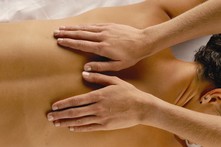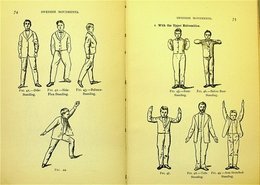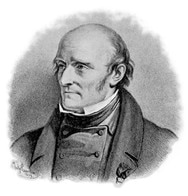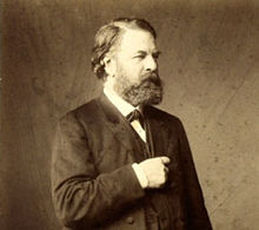Blue Orchid Massage
Most Common Story: In 1813, Per Henrik Ling (1776-1839) opened the Royal Gymnastic Central Institute in Stockholm. He developed a system that incorporated manual therapy, physical training, and gymnastic procedures with knowledge of anatomy, physiology, and pathology. These techniques were called the Swedish Movements or the Swedish Movement Cure and became the foundation of Swedish massage. The Swedish Movement Cure Swedish movements; Ostrom, p. 76, 77 Swedish movements; Ostrom, p. 76, 77 While traveling Europe, Ling learned to fence. He noticed the repetitive and one-sided motions were having negative effects on his body. To balance his physical activity, he started to incorporated gymnastics into his health regime. He was able to relieve his chronic elbow pain and began to study anatomy and physiology and developing Swedish Gymnastics. The Swedish Movement System included 3 classifications of movements: Active - Activities in which patients exercise or move their own body Passive - Movements required patients to be relaxed and have either their bodies moved by an attendant or received manipulation by the attendant. Duplicated - Requires work from both the patient and the attendant. The attendant will physically resist the patient's effort to move. Where It Gets MurkyThere is controversy around whether the Swedish Movement included massage as a therapy. We do know that Ling's techniques are the foundation for modern day physical therapists and he is known as the "Father of Physical Therapy". While there was a hands-on relationship between therapist and patient, the techniques had little resemblance to a modern day Swedish massage.  Pehr Henrik Ling Pehr Henrik Ling Ling wrote that friction, kneading, stroking, cupping, and clapping were to be included within his exercise system, though he never referred to it as massage or rubbing. George Taylor, M.D., writing in 1885, used the terms "clappings, knockings, stroking, kneading, pullings, shakings and vibratings" to describe the passive movements used. However, translations of Ling's Notations to the General Principles of Gymnastics never used the French terms still in use today to describe the strokes of Swedish massage, implying that Ling's movements were not intended strictly as massage techniques. A Dutch physician and massuer, Dr Johan Georg Mezger, was the first to apply French names to the basic strokes used during a Swedish massage:
It seems strange for a man from Holland to choose French words, but the French words massage, masseuse, and masseur were already becoming popular across Europe. Dr. Mezger was the first to differentiate classic massage strokes from the techniques used in the Swedish Movement System.  Dr. Johann Georg Mezger Dr. Johann Georg Mezger In 1856, Johann became an apprentice at the Gymnastics institute in the Western Market of Amsterdam. During his studies, he received permission to test French friction methods with ankle sprains. A 1870 German newspaper reported on the successful healing through his hands of an elderly woman in Bonn. When the young future King Gustav V of Sweden became disabled after falling on his hip, Dr. Mezger told the future king that he would give him 2 massages a day and have him walking within three weeks. After 10 days he was walking again. Dr. Mezger rubbed, squeezed, and patted the limbs of his patients with his "golden thumbs." So Why Is It Called Swedish Massage?The term "Swedish" massage is only recognized in English and Dutch speaking countries and Hungary. Sweden and the rest of Europe call it Classic Massage.
It's hard to find a massage textbook written in the last 100 years that does not attribute Swedish massage to Ling. Sometime during the second half of the 19th century the term Swedish Movement System was transposed to Swedish Massage System. It's possible that when researching Ling's techniques in later years, researchers noticed similarities between descriptions of Ling's techniques and terms already defined by Dr. Mezger. This may be how Per Henrik Ling became incorrectly associated with Swedish massage. Ling deserves a great deal of credit for the methods and techniques he developed and promoted, however, Swedish massage is not one of them. Blue Orchid Massage
Comments are closed.
|
Heather McNay
I've been a Licensed Massage Therapist since 2006. In my free time I enjoy hiking with my husband and dog. I also have a passion for cooking, baking and gardening. Archives
January 2021
Categories |
Proudly powered by Weebly
 RSS Feed
RSS Feed